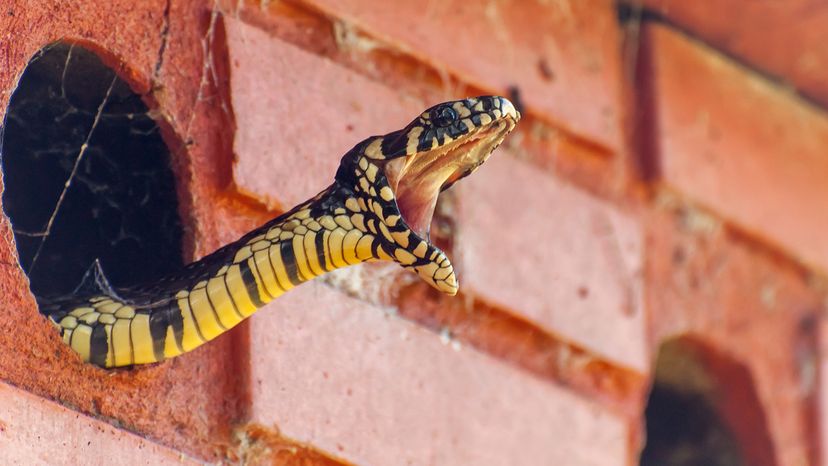
A chicken snake is a type of snake known for raiding chicken coops to eat eggs, birds and small mammals, such as rats and mice. This behavior makes these reptiles both a friend and a foe to farmers.
The term chicken snake is actually a common name for several types of rat snakes, a group of nonvenomous reptiles that play a crucial role in maintaining ecological balance in their environments. But while all chicken snakes are rat snakes, not all rat snakes are chicken snakes.
Advertisement
Let's take a closer look at what makes chicken snakes unique, what they eat in addition to chickens and what their life cycles are like.